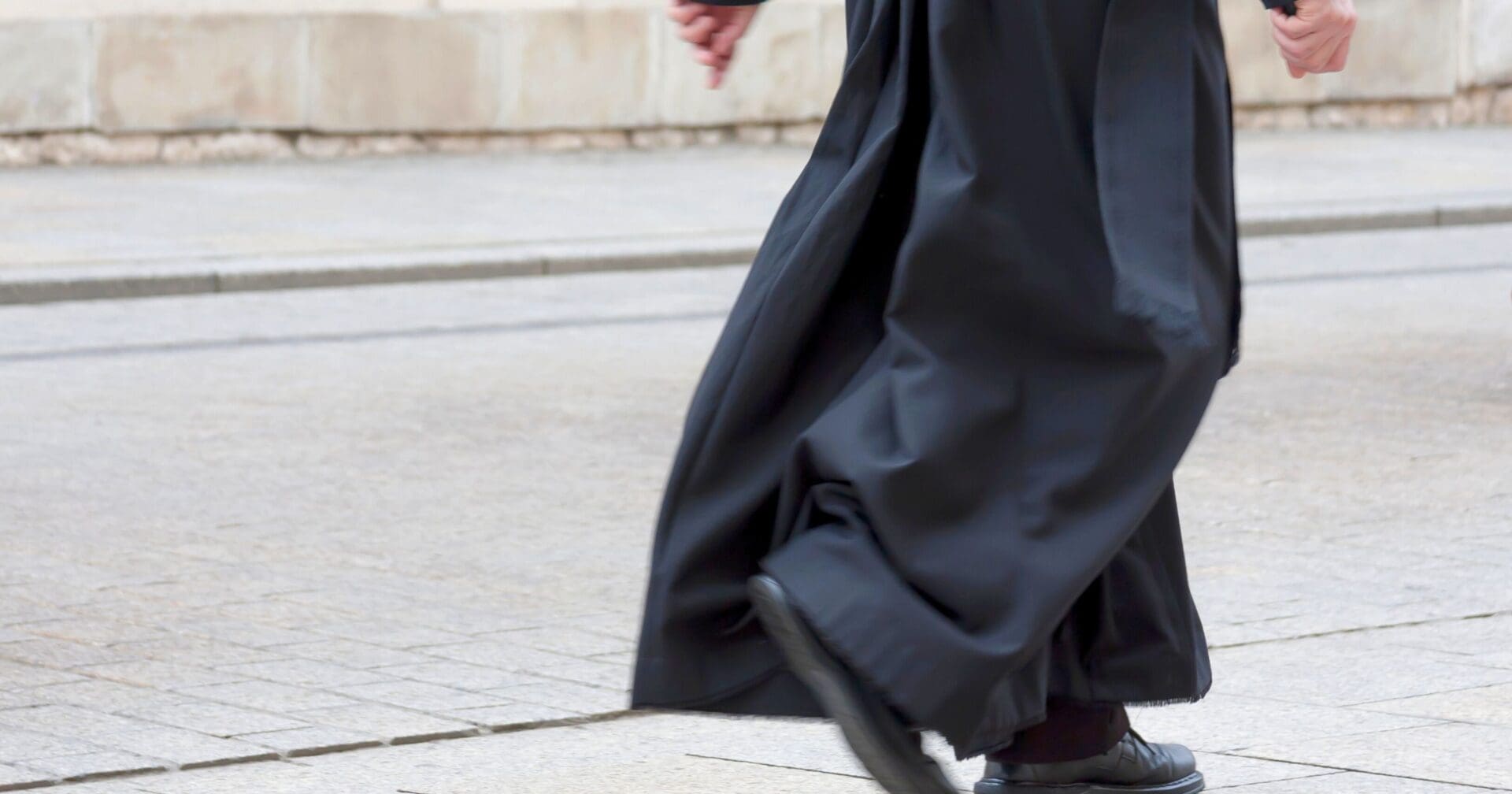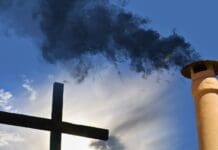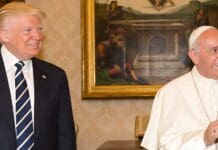A recent comprehensive survey by The Catholic Project at The Catholic University of America has unveiled a sharp decline in priests within the United States who identify as “progressive.”
The study, titled “Polarization, Generational Dynamics, & the Ongoing Impact of the Abuse Crisis,” looked at the ideological currents among American clergy. The survey’s findings suggest a significant generational shift.
Priests ordained post-2020 overwhelmingly align themselves with conservative or orthodox theological views. “A full 85% of the youngest cohort describes itself as ‘conservative/orthodox’ or ‘very conservative/orthodox’ theologically,” highlights the report, while “very progressive” is a label that no longer appears in their self-description.
This trend towards conservatism marks a stark contrast from the climate of the late 1960s, where nearly 70% of newly ordained priests considered themselves as somewhat or very progressive. The current data indicates that under 5% identify as such, painting a picture of a clergy that has undergone profound ideological change over the decades.
Two historical events have shaped these viewpoints: Vatican II in the 1960s and the 2002 clerical abuse crisis. The study said these correlate with the respective rise of progressive self-identification and the subsequent increase in conservative viewpoints among priests.
Trust between priests and their bishops also emerged as a key theme. Diocesan size and shared ideological stances play a role in this dynamic. Smaller dioceses report higher levels of trust, and alignment in theological and political beliefs between priests and bishops reinforces this sentiment.
Despite the overall conservative trend, the survey found that “the overwhelming majority of these youngest priests do value accountability to Pope Francis.” This point suggests a nuanced landscape, where even within conservative ranks, there is respect for leadership perceived as more progressive.
The results of this expansive study, which include responses from over 3,500 priests, offer a unique look at American Catholic clergy, suggesting progressive priests are becoming a rarity and a new conservative orthodoxy is on the rise.

















